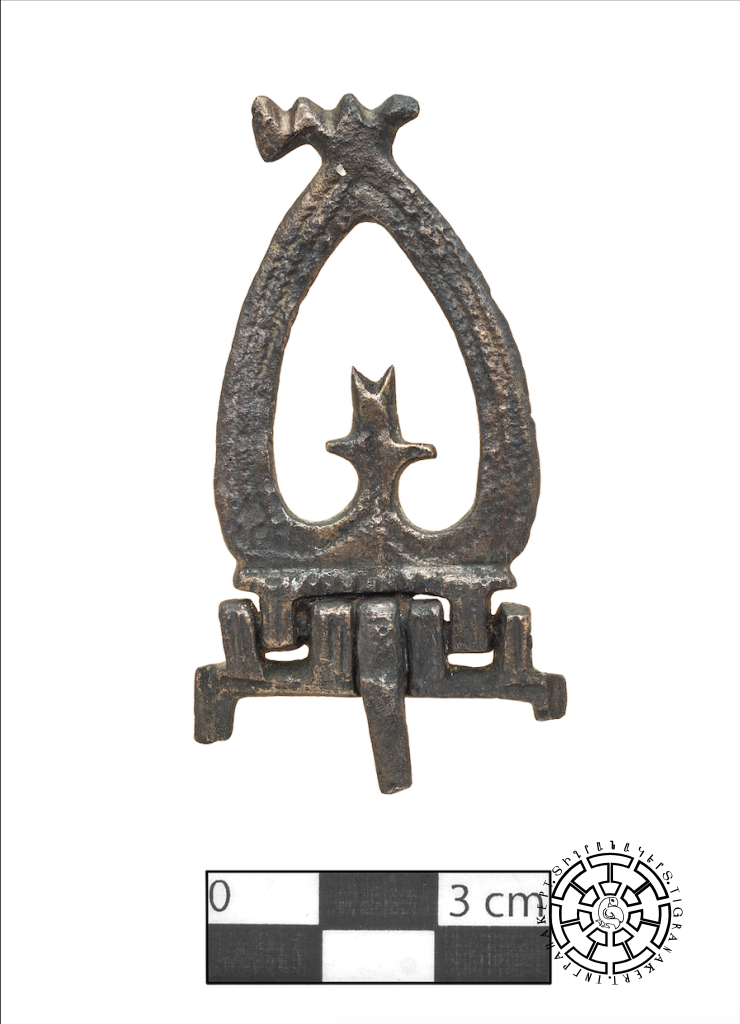The area of Tigranakert in the 18th and 19th centuries
From the 14th century to the middle of the 18th century, the territory of Tigranakert city lacked permanent settlements, as indicated by archaeological surveys. The Royal springs, known for their abundant fresh water, served as temporary shelters for nomadic tribes and their cattle. During the invasions of Artsakh in the 17th and 18th centuries, the plundering tribes of the North Caucasus, as documented in written records, utilized the vicinity of the springs as a staging area for the accumulating plunder, particularly cattle, before their departure.
In the middle of the 18th century, Panah, a fierce enemy of the Artsakh Melikdoms, built a fortress adjacent to the springs called Royal (for further details, see The Late Medieval Fortress of Tigranakert). His hordes forcefully seized this territory from the Khachen Melikdom and established a fortress, a mosque, and a market here.
During various episodes of the Russo-Persian war at the beginning of the 19th century (1804-1813) aimed at connecting Transcaucasia, including Karabakh, to Russia, the Shahbulagh fortress played a pivotal role as a strategic stronghold that changed hands multiple times. It served as a crucial point where Russian troops and their Armenian volunteer allies stationed themselves.
A schematic survey of the area made by Russian engineers at the beginning of the 20th century (Fig. 1) has been preserved, depicting the fortress and the mosque constructed next to the springs along with a pool in front of it (referred to as a palace in the survey). According to the observations made by the expedition in 2005, several scattered stone remnants of the walls of the big church dating back to the 5th-6th centuries, the mosque, and the fortress of the 18th century were found within the former city’s territory. The rest of the area had already been completely covered with earth, with only isolated stones or their accumulations visible in various locations.

Subsequent excavations conducted by the expedition revealed the existence of the pool in front of the mosque (Fig. 2), as well as the headwall and two Islamic tombstones. Additionally, the foundations of a rectangular stone structure built in the upper layer of the southeastern part of the Early Christian Square (Fig. 3) and the foundations of the Russian post office building (Fig. 4) at the northeastern foot of the fortress were discovered.
Archeological findings from this period include 18th-century coins minted in Ganja and Panahabad-Shushi, as well as 19th and early 20th-century coins of the Russian Empire (see the “Coins” section for details). Noteworthy is the small collection of simple pottery, with some fragments characterized by thin and hard reddish-brown pottery typical of the 18th century and geometric decorations made with brown paint (Fig. 5).

Of particular interest are the Russian cross pyx-leaf and buckle discovered in the upper layers of the Fortified Quarter (Figs. 6, 7).
These artifacts, along with the post station and buckle, likely serve as evidence of the Russian presence in the 19th century.




